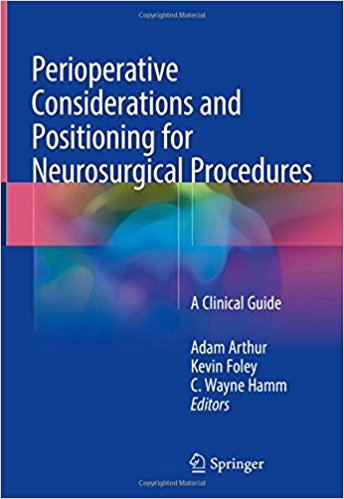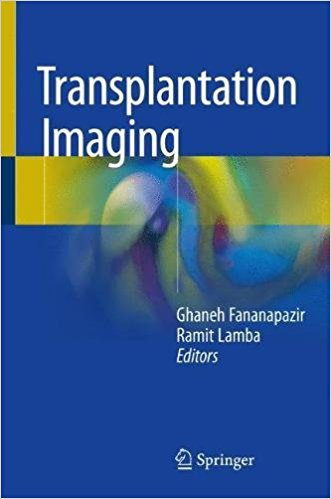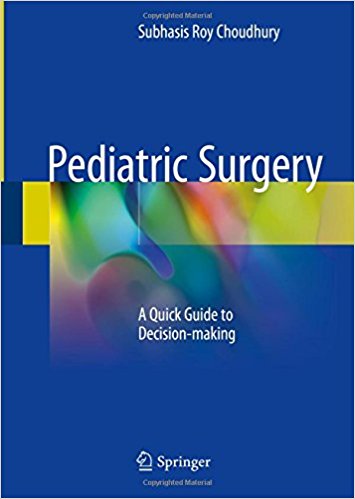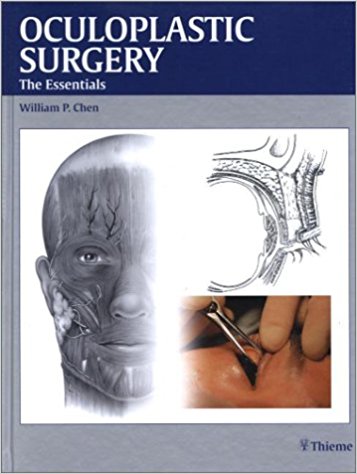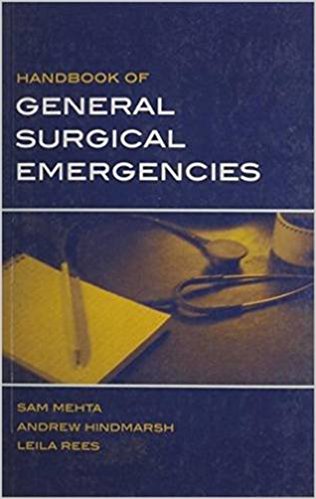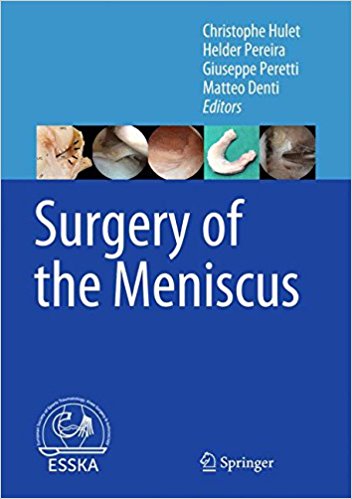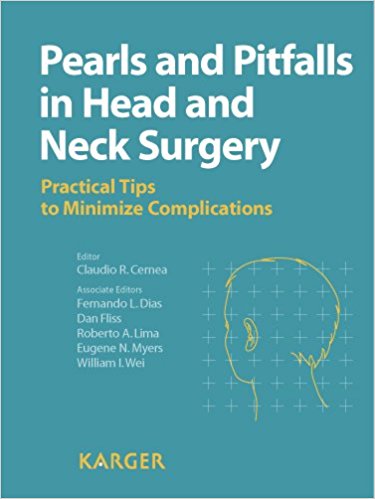Perioperative Assessment of the Maxillofacial Surgery Patient: Problem-based Patient Management 1st ed

[amazon_link asins=’3319588672′ template=’ProductAd’ store=’aishabano-20′ marketplace=’US’ link_id=’65c40933-3cc5-11e8-9fe5-fde17459e248′]
This book is designed to guide the practitioner in the medical and anesthetic management of the maxillofacial surgery patient, serving as a comprehensive, up-to-date resource that will assist in patient work-up and response to any medical problem. It is divided into four sections that provide an overview of general and basic topics relevant to perioperative assessment, explain the assessment and management of diverse medical issues and co-morbidities, discuss the perioperative, pharmacological, and supportive management of maxillofactial treatment, and identify potential complications and their management. All of the authors have been carefully selected for their expertise in the topics that they discuss. While the book will be especially valuable for oral and maxillofacial surgeons, it will also be highly relevant for multiple other health care providers, including dentists, dental specialists, dental hygienists, otolaryngologists, plastic and reconstructive surgeons, medical residents, nurses, and physician assistants.
About the Author
Elie M. Ferneini, MD, DMD, MHS, MBA, FACS, is a practicing oral and maxillofacial surgeon in Cheshire, Connecticut, USA and an assistant clinical professor at the University of Connecticut, with responsibilities for both undergraduate and graduate training. He is also the medical director of Beau Visage Medical Spa. Dr. Ferneini is a graduate of Southern Connecticut State University (BS, magna cum laude), Quinnipiac University (MHS, MBA), and University of Connecticut Medical and Dental Schools (DMD, MD). He completed his oral and maxillofacial surgery residency at the University of Connecticut and then undertook 2 years of general surgery training at the same institution. Dr. Ferneini has a long history of conducting research, resulting in a number of scientific publications. He has lectured nationally and internationally. His professional interests span hospital-based and office-based maxillofacial surgical procedures, including reconstructive facial surgery, maxillofacial pathology, and cosmetic facial surgery. Dr. Ferneini is a Diplomate of the American Board of Oral and Maxillofacial Surgery. He is on the editorial boards of the Journal of Oral and Maxillofacial Surgery and the Journal of Cranio-Maxillofacial Surgery. He is currently the editor in chief of the American Journal of Cosmetic Surgery, the official publication of the American Academy of Cosmetic Surgery.
Jeffrey D. Bennett, DMD, is currently Division Chief of Oral and Maxillofacial surgery in the Department of Dentistry at the Roudebush VA Medical Center in Indianapolis, IN, USA. He is a clinical professor and past chair of the Department of Oral Surgery and Hospital Dentistry at Indiana University School of Dentistry, Indianapolis, USA, a position he held from 2004 to 2015. Prior to joining the faculty at Indiana University he was an associate professor with tenure at the University of Connecticut School of Dental Medicine in the Department of Oral and Maxillofacial Surgery. Dr. Bennett is past Chief of Oral and Maxillofacial Surgery and Dentistry at Wishard Memorial Hospital, Eskenazi Hospital, and Co-Chief of Oral Surgery and Dentistry at IU Health, positions. He is Treasurer of the American College of Oral and Maxillofacial Surgeons. He is currently appointed to the editorial board of OOO, and Oral and Maxillofacial Surgery Knowledge Update. He is a Diplomate of both the American Board of Oral and Maxillofacial Surgeons and the National Dental Board of Anesthesiology and a Fellow of the American Association of Oral and Maxillofacial Surgeons, the American Dental Society of Anesthesiology, the American College of Oral and Maxillofacial Surgeons, and the American College of Dentists. He has held numerous local and national positions including President of the American Dental Society of Anesthesiology, President Connecticut Society of Oral and Maxillofacial Surgery, Chair of the OMFS section of the American Association of Dental Research, Anesthesia Section editor of the Journal of Oral and Maxillofacial Surgery, board examiner and inaugural Co-Item Editor for the American Board of Oral and Maxillofacial Surgery, and member of the OMS Resident Review Committee on Dental Accreditation. He is a regularly invited speaker at national and international meetings and has authored over 100 publications.

